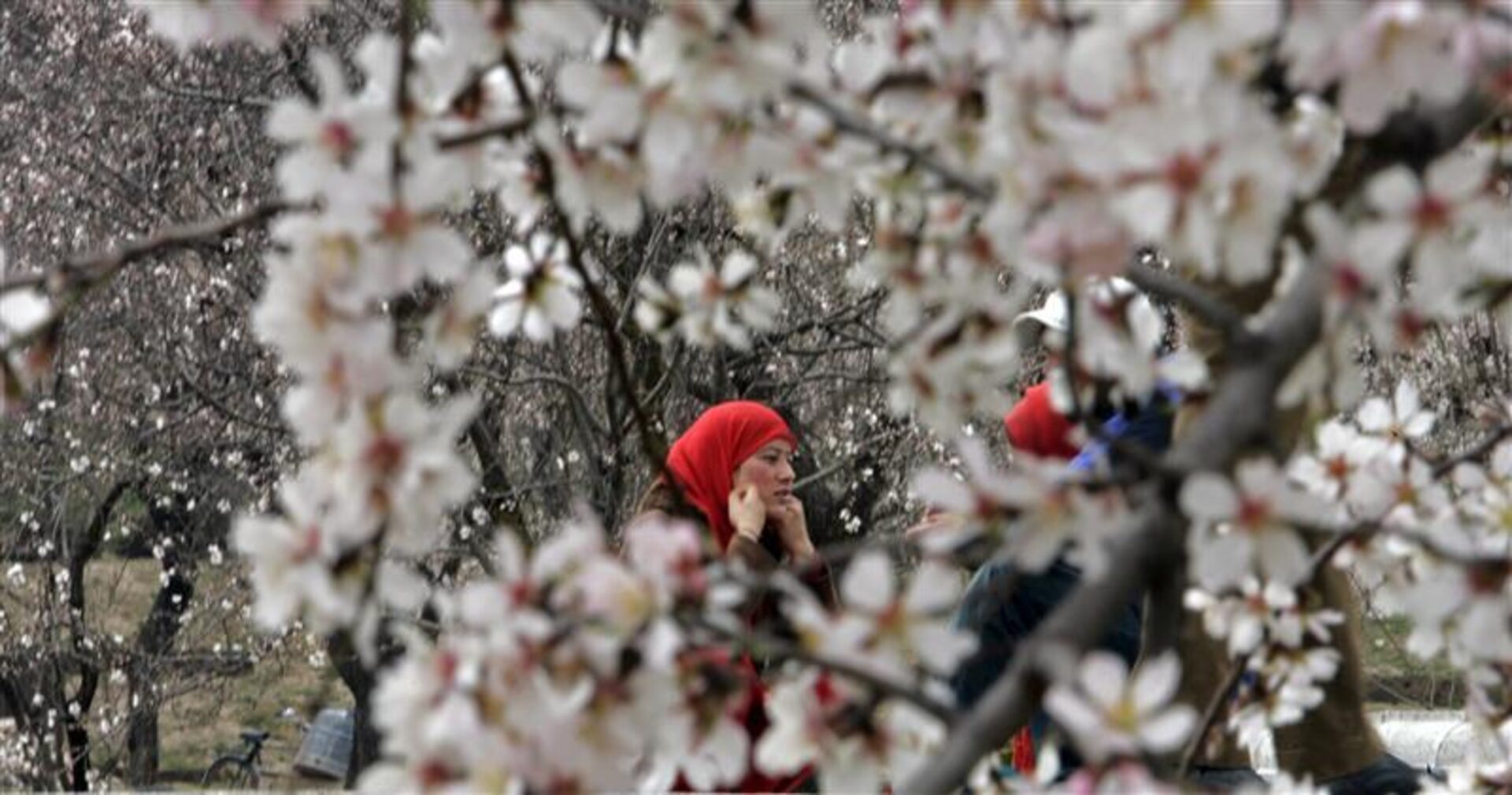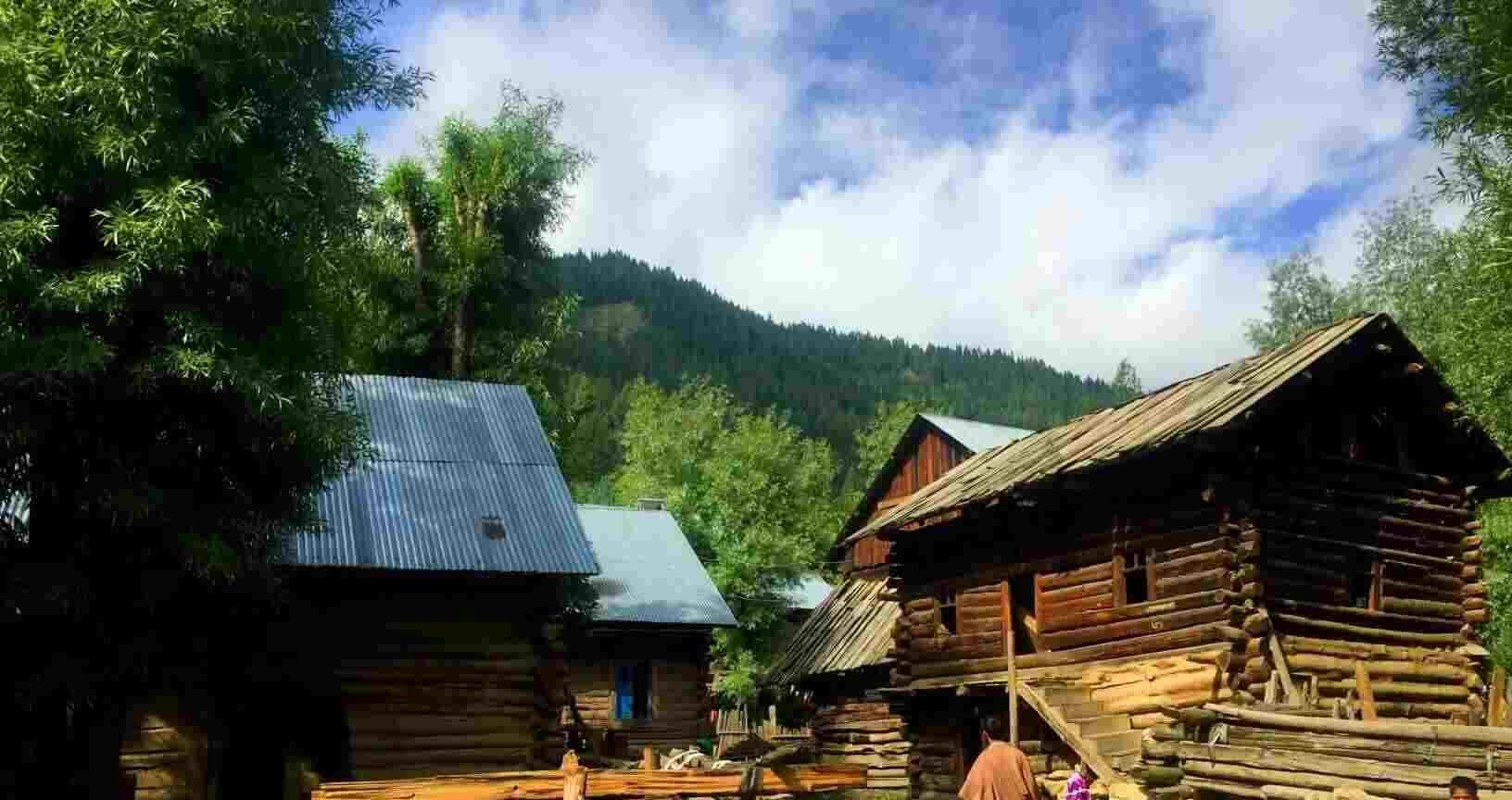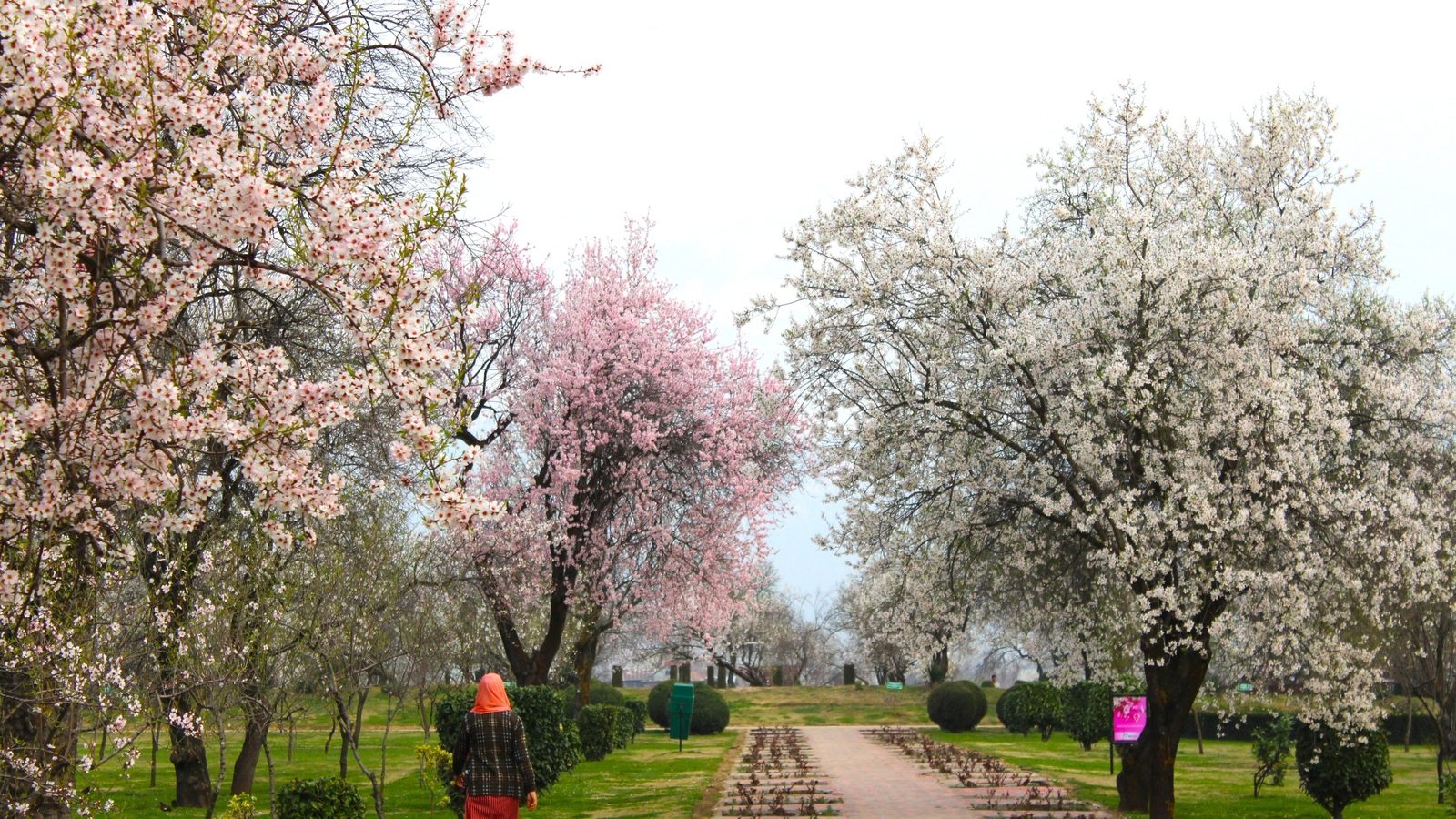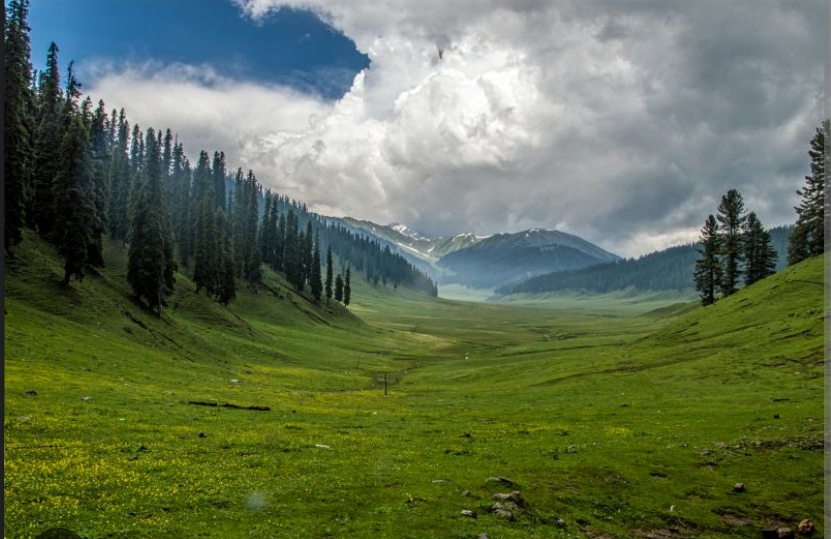As Spring Unfolds, These Endemic Blooms Breathe Life into the Valley and its Traditions
Srinagar 07 April 2025: A Floral Symphony in the Heart of the Himalayas
Kashmir, often referred to as paradise on earth, transforms into a vibrant tapestry of colors each spring. While the famous tulip gardens and saffron fields often steal the spotlight, the valley is also home to a treasure trove of lesser-known spring blooms. These endemic flowers, nurtured by the valley’s unique agroclimatic conditions, have been cherished by ethnic communities for centuries—not just for their beauty, but for their cultural and medicinal significance.
A Unique Agroclimatic Canvas
Kashmir’s long and bitter winters leave its vegetation in a state of dormancy, but spring brings a transformation. The valley’s distinct agroclimatic conditions—marked by crisp mountain air, rich soil, and ample water from melting snow—create the perfect environment for rare and endemic plants to flourish. It is a stark contrast to other regions of India, making Kashmir’s flora one of its kind.
As the snow begins to recede in March and April, the landscape bursts into bloom, revealing flowers that have quietly endured the winter’s chill. These unassuming blooms—found in meadows, hillsides, and even in the backyards of local homes—tell a story of resilience, tradition, and biodiversity.
The Uncelebrated Stars of Kashmir’s Spring
- Kanwal (Sacred Lotus): Often overshadowed by saffron and tulips, Kanwal thrives in the serene waters of Dal and Wular lakes. Ethnic communities regard the flower as sacred and use its seeds and roots for culinary and medicinal purposes.
- Kongposh (Wild Crocus): A relative of saffron, Kongposh blooms in alpine meadows. Locals use it to treat ailments like indigestion and headaches. Its delicate purple petals also symbolize renewal in Kashmiri poetry.
- Pambachh (Himalayan Blue Poppy): This rare bloom, with its enchanting blue petals, is found in higher altitudes and is revered for its medicinal properties. Traditional healers use it for wound healing and as an anti-inflammatory agent.
- Soachali (Kashmiri Iris): This vibrant bloom, often seen along streams, holds cultural significance, with its roots used in traditional medicine to treat respiratory issues.
- Kuth (Costus Root): The humble Kuth flower is celebrated not for its appearance but for its potent medicinal value. Its root is widely used in Ayurveda and Unani medicine to treat skin ailments and joint pain.
- Banwaangun (Wild Eggplant Blossom): Found in forest undergrowth, this tiny purple bloom is used in traditional Kashmiri teas and concoctions for its calming properties.
A Deep Connection to Ethnic Communities
For centuries, these flowers have been integral to the lives of Kashmir’s ethnic communities. From being used as natural remedies in traditional medicine to forming an essential part of culinary and ceremonial practices, these blooms are more than just a seasonal phenomenon.
Elderly members of these communities share how knowledge about these plants has been passed down through generations. “These flowers are a part of who we are. They heal, they inspire, and they connect us to the earth,” says Bashir Ahmad, a local herbalist from Ganderbal.
In Kashmiri culture, flowers are often used in weddings, religious ceremonies, and poetry. The scents and colors of spring blooms are said to carry blessings and signify renewal.
Also Read | Blossoming Splendor: A Complete Guide to Srinagar’s Badamwari Garden – Kashmir’s Almond Paradise in Spring
Threats to Kashmir’s Floral Diversity
Despite their significance, these lesser-known blooms are under threat from various factors:
- Urbanization: Expanding cities have encroached upon habitats where these flowers once thrived.
- Climate Change: Altered weather patterns are affecting the blooming cycles and habitats of endemic species.
- Overharvesting: The medicinal value of these plants has led to overharvesting, threatening their survival.
Environmentalists are calling for urgent conservation efforts to protect these floral treasures. Initiatives like community seed banks, eco-tourism, and awareness campaigns are being explored to safeguard their future.
Towards a Sustainable Spring
The preservation of these blooms is not just an environmental imperative but also a cultural one. Educating locals and tourists about the importance of these flowers and regulating their use could pave the way for sustainable co-existence.
“By protecting these flowers, we protect a part of Kashmir’s soul,” says environmentalist Sana Nabi. “They’re not just plants; they’re a link between our past, present, and future.”
Also Read | Mornings at Dal Lake: A Dreamlike Experience in the ‘Paradise on Earth’



